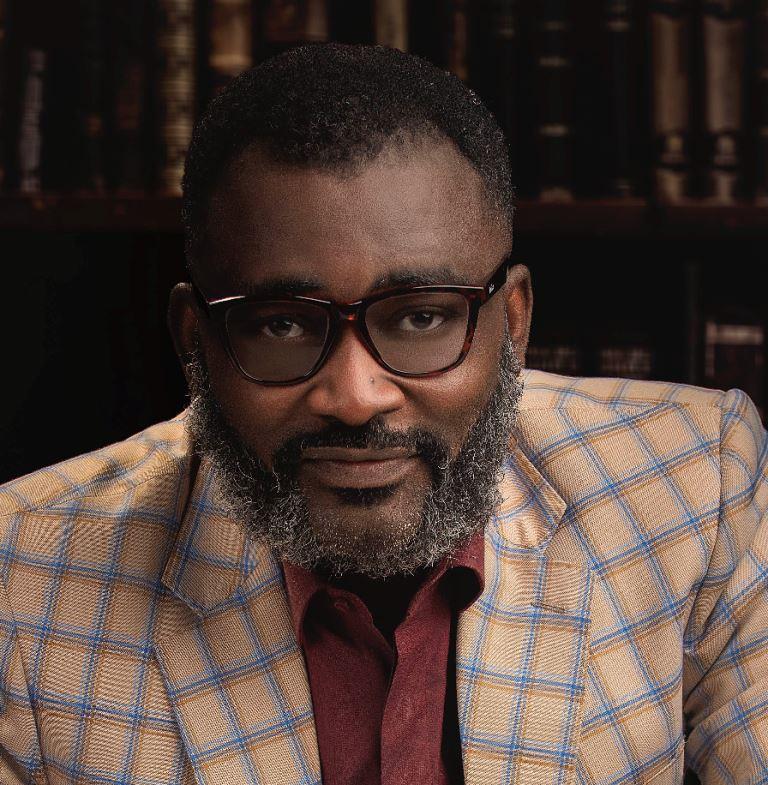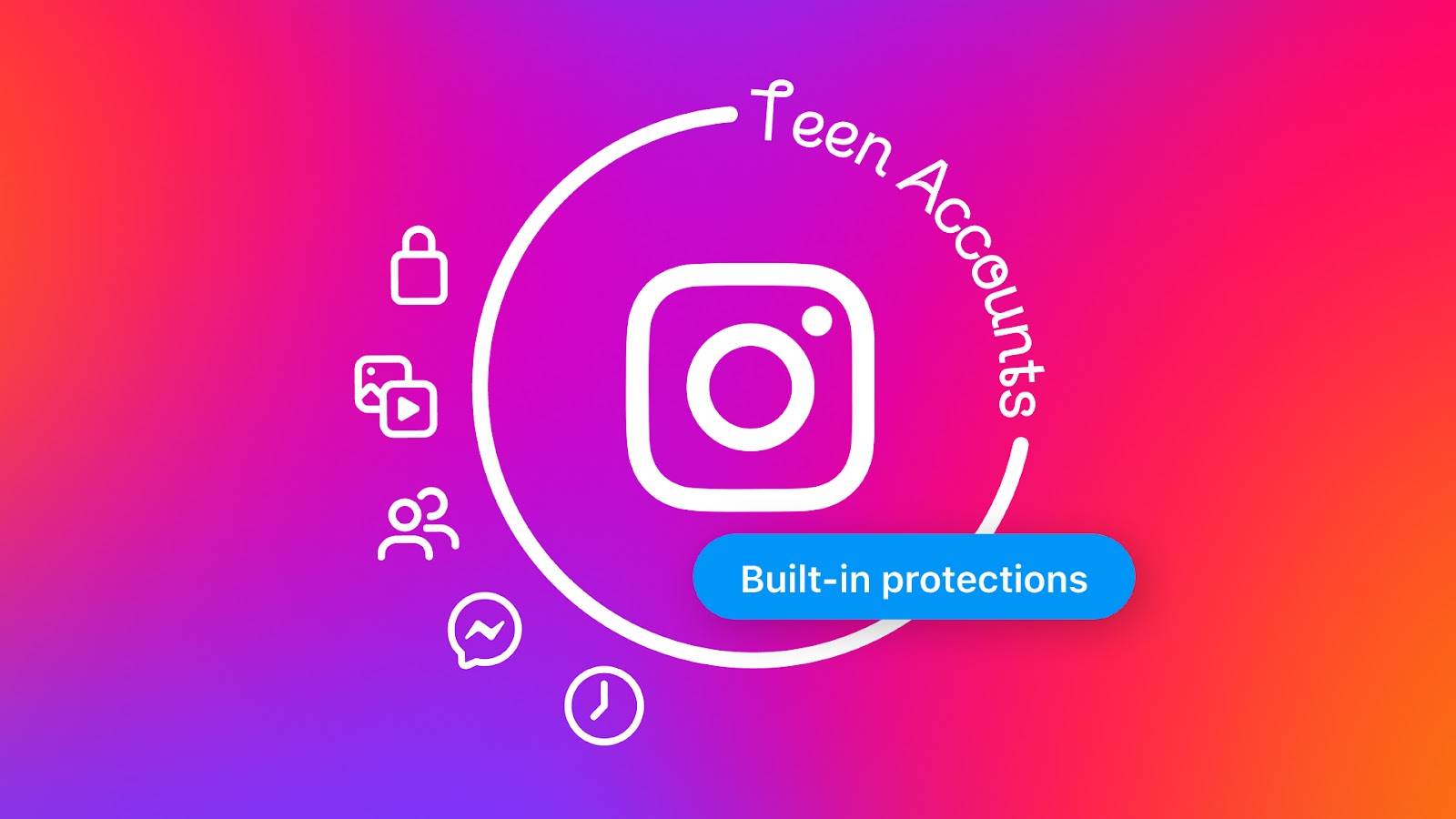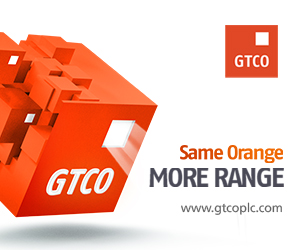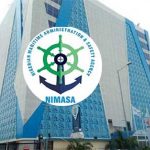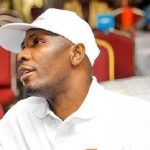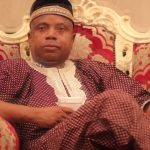General
Why to Start a YouTube Channel for Yoga

Introduction
YouTube is one of the most creatively driven platforms on the Internet right now. Thanks to YouTube, many artists, and unconventional professionals have found a place to share what they love, do something they enjoy and showcase their talents to the world, and do some pretty crazy stuff for people to see. And just by creating and sharing fun, they are able to earn money as well! Previously, it was difficult for people of their professions to leave a mark, and often, they did not make enough. However, with YouTube, creative pathways opened for everyone around the world.
Moreover, videos entered the commercial picture and changed the face of marketing. Prior to YouTube domination, people found it extremely difficult to watch or transfer videos due to their size. However, when YouTube came in, things changed drastically, and new avenues opened for all.
Starting a YouTube channel is a giant leap for anyone today. As a Yoga teacher, this must have been on your mind for some time. It is essential to know, however, the best possible way to start one so that you can do a better job at it.
How to start your YouTube channel for Yoga
There are a few things that you must keep in mind to run a successful Yoga channel on YouTube. To begin with, it is necessary to point out that creating a YouTube channel and making videos are relatively easier tasks as compared to marketing those videos and earning money out of them. However, the following tips will give you a head-up about where to start and how to get going to ensure you not only do what you love, but you also earn a profit out of it.
- Chalk out the plan for your video content: As a Yoga instructor, it is vital to base your content around Yoga and the general wellbeing of your viewers. You must be careful to present your content in a way that your audience will appreciate and be attracted towards. You can do this by researching and watching videos of established Yoga teachers on YouTube. The engagement on their posts will tell you what your audience is likely to enjoy, share, and engage with. Moreover, make sure you use great intros and outros. There are plenty of templates readily available to create impactful intros and inspire your YouTube end screen ideas. Additionally, there are intro makers and YouTube outro templates that you can use at your convenience.
- Pre-define your target audience: Before you delve into your channel, research about the kind of audience you are aiming to reach. They are your targets, and you should be as specific as you can get. Take inspiration from the active audience of some fellow predominant Yoga instructors on YouTube and tailor it to your needs.
- Make sure your videos are SEO friendly: SEO is a critical factor for your videos to get a better ranking and reach more people on YouTube. You can either learn all about it from tutorials and guides on the Internet, or you can even hire a freelancer to do it for you. Use video descriptions well to make your videos rich in keywords so that the YouTube algorithm can detect it and thereby recommend your videos to anyone who’s looking for related content.
- Follow a schedule to upload your videos: Creating a schedule is of utmost importance especially whenever you feel your motivation and energy levels declining. When you first create your channel, you will be enthusiastic and fired up. You will upload the videos according to the decided frequency, and things will be fine. However, once the enthusiasm subsides and you calm down, you will find yourself postponing and delaying the videos. Hence, to discipline yourself, you must create a schedule and make sure to follow it. Moreover, your audience will find it easier to follow your content if you have a routine, especially because Yoga is a lot about being punctual about the practice.
- Create your brand presence: Creating a brand presence is important to establish your credibility among your audience. Your brand, if it is famous and of repute, will ensure the trust of your clients and viewers. Your content will be viewed as authentic and your followers and subscribers are also likely to increase.
- Promote your content across social media: Your work as a creator does not end with uploading the video. After this, another part of the job starts- marketing. Use all the social media platforms available to promote your videos and reach many people as possible. Use SEO everywhere and make your content catchy and attractive. Concentrate on adding value, and people will automatically share your content with their friends and social groups. Use your social media to drive traffic to your YouTube account. This will also help you create a personal brand.
- Collaborate with brands and other YouTubers in your videos: Collaborations with different brands and companies, or other creators on YouTube will help you expand across many genres and reach a much larger chunk of the audience. If you want a diverse range of viewers, make sure to collaborate with influencers in those particular areas. This act will excite their audience and introduce your content to them. The exchange, if properly conducted, can bring you a ton of new subscribers within a short period. It will definitely widen your scope of success on YouTube.
Conclusion
As a YouTube creator, make sure to concentrate on your content. Think of all the ways you can add value to your viewers with Yoga and anything associated with it. Engage with your audience regularly and modify your upcoming videos to suit their needs. Ask for feedback and analyse your growth. Being a creator is easy, but being a creator who people want to watch, is a tough nut to crack.
General
NIMASA Launches Zero Tolerance Campaign for Nigeria’s Maritime Sector
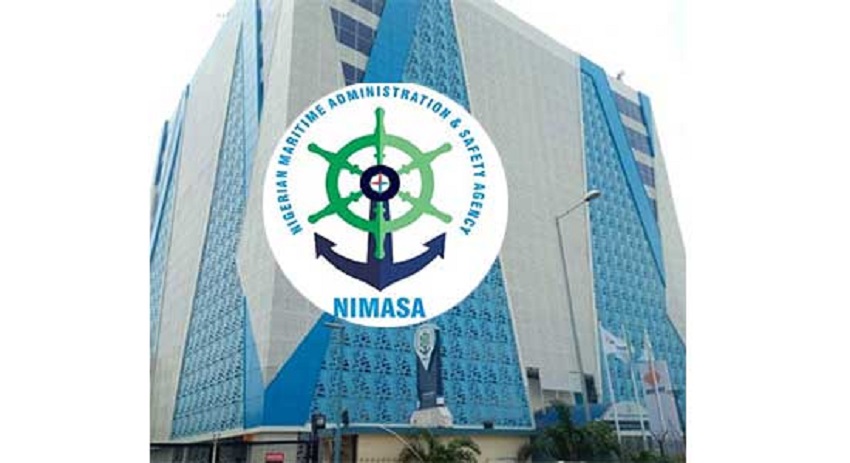
By Adedapo Adesanya
The Nigerian Maritime Administration and Safety Agency (NIMASA) has commenced special operational enforcement code named Operation Zero Tolerance for Non-Compliance in the Nigerian maritime domain.
The directive was issued through a Marine Notice, pursuant to the agency’s statutory mandate under the NIMASA Act 2007, the Coastal and Inland Shipping (Cabotage) Act 2003, the Merchant Shipping Act 2007, and other applicable regulations.
Under this operation, all Ship/Vessel Owners, Operators, Managers, International and National Oil Companies, Masters and Officers of Merchant Ships, Shipping Companies, Shipping Agents, Charterers, Offshore Installations and Platforms Operators, Vessel Operators at the Free Trade Zones (FTZ), and Maritime Stakeholders operating or intending to operate within Nigerian waters are required to ensure full compliance with statutory requirements contained in existing maritime laws and regulations.
These include proper vessel registration, valid certifications, updated ownership documentation, adherence to Cabotage provisions relating to vessel ownership, registration, manning, and build.
The notice also emphasised the importance of timely payment and remittance of all statutory levies and fees as prescribed by law.
As part of the enforcement process, NIMASA will conduct random and targeted vessel inspections, verify documentation against its databases, and carry out physical and documentary compliance assessments at ports, terminals, and offshore locations. Operators will also be required to present proof of payment of all applicable levies and fees upon request.
To allow stakeholders the opportunity to regularize their operations, NIMASA has granted a thirty (30) day window from January 5, 2026 for a self-audit and voluntary compliance.
The agency warned that failure to comply after the expiration of the grace period will attract enforcement actions, including vessel detention, monetary penalties, withdrawal of waivers or operational licences, and denial of port clearance until full compliance is achieved.
The Director General of NIMASA, Mr Dayo Mobereola has assured all stakeholders of the Agency’s commitment to promoting indigenous shipping development, enhancing maritime safety and security, protecting the marine environment, and ensuring strict compliance with Nigeria’s maritime laws.
“We therefore urge all stakeholders to do their part so that together, we can build on the gains of previous regulatory achievements, which is enhanced safety, a secure maritime environment and sustainable utilisation of our marine resources,” the DG added.
General
US Drone Firm, Tompolo’s Tantita to Curb Oil Theft in Nigeria
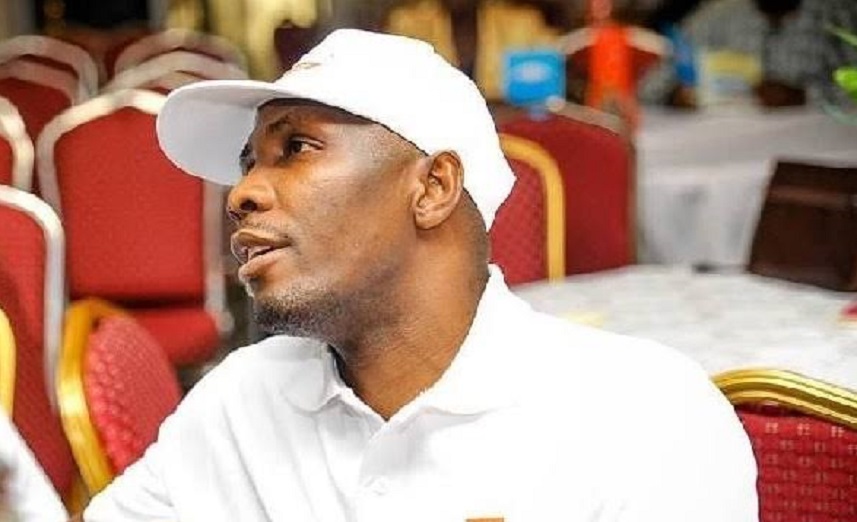
By Adedapo Adesanya
Nigeria’s private security firm, Tantita Security Services Limited (TSSL), has entered into an agreement with a United States–based Textron Systems for the supply of unmanned aerial vehicles (drones) in a move aimed at curbing crude oil theft in the country.
Textron Systems said the drones would support security operations around Nigeria’s oil and gas infrastructure, which has continued to face threats from crude oil theft, vandalism and sabotage.
The deal also includes provisions for training and the possible acquisition of additional aircraft as Tantita expands its operations, building on a previous US Foreign Military Sales delivery of Aerosonde drone systems to Nigeria.
The Aerosonde Mk. 4.7 is designed to operate without a runway, using a hybrid quadrotor system for vertical takeoff and landing before transitioning to fixed-wing flight. The system can carry multiple payloads and conduct extended surveillance missions.
Speaking on the development, Executive Director, Operations and Technical, Mr Waredi Enisour, said Tantita officials were in the United States to inspect the drone operations and understudy the associated technical processes.
Mr Enisour added that with the latest technological acquisitions by Tantita, incidents of crude oil theft are expected to decline significantly, as the drones will provide extensive surveillance coverage across the Niger Delta region.
He disclosed that Tanttia is the first private security firm in Nigeria to acquire the Aerosonde UAV which hosts ISR capabilities.
Tantita is a company owned by a former militant leader, Mr Government Ekpemupolo, commonly known as Tompolo. Over the years, the federal government has collaborated with the former militant leader for the protection of critical oil and gas infrastructure and securing permanent peace in the oil-rich Niger Delta Region.
Oil and gas remains Nigeria’s economic mainstay, contributing nearly 90 per cent of forex earnings and 70 per cent of national revenue. However, constant oil theft over the years has made it impossible for the country to hit its peak production of 2.5 million barrels recorded in 2005, although improvement has occurred in recent years, there have been more hands-on approach.
General
Adelabu Says Missing N128bn Happened Before Appointment as Power Minister
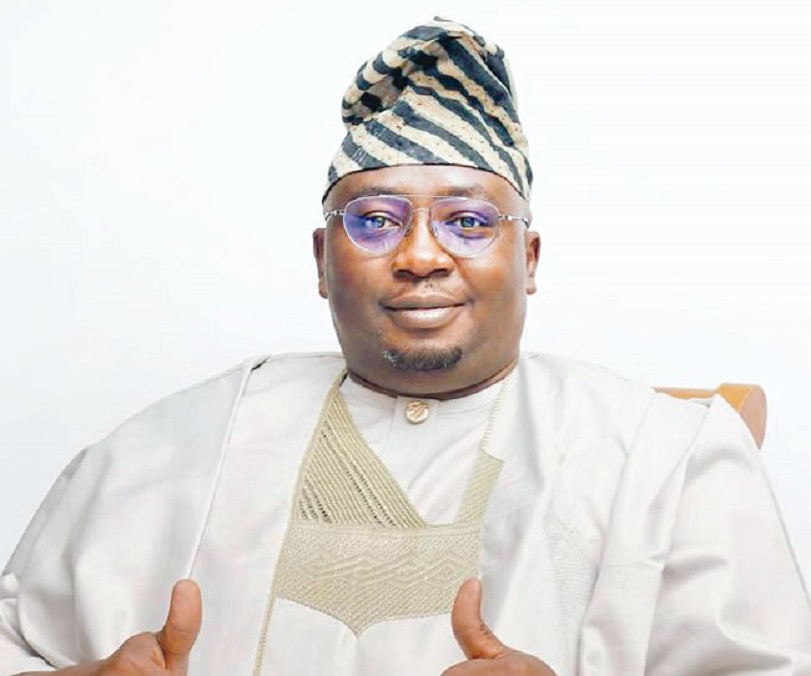
By Adedapo Adesanya
The Minister of Power, Mr Adebayo Adelabu, has dismissed allegations of N128 billion in misappropriated public funds linked to his ministry and the Nigerian Bulk Electricity Trading Plc (NBET), insisting the irregularities occurred before his administration.
In a statement issued by his Special Adviser on Strategic Communications and Media Relations, Mr Bolaji Tunji, the minister, who is rumoured to be gunning for the Oyo State Governor position, clarified that he assumed office in August 2023, while the audit report under scrutiny pertains to the 2022 financial year.
The Socio-Economic Rights and Accountability Project (SERAP) in a statement issued on Sunday tasked President Bola Tinubu to investigate allegations that more than N128 billion could not be accounted for by the ministry and NBET Plc.
The group urged Mr Tinubu to give directive to the Attorney General of the Federation and Minister of Justice, Mr Lateef Fagbemi (SAN), and the appropriate anti-corruption agencies to look into the allegations of the missing N128 billion.
It declared that anyone suspected to be responsible should face prosecution as appropriate, especially if there is sufficient admissible evidence, and any missing or diverted public funds should be fully recovered and remitted to the treasury.
In his response, the Minister said he has no objection to calls for investigation, but noted that it was important to clearly state that he was appointed in August 2023, whereas the audit report in question relates to the 2022 financial year.
“The issues raised in the referenced audit report pertain entirely to a period before the minister’s tenure. The call for investigation, therefore, has no bearing on the operations or financial activities of the ministry under the current administration.
“The Office of the Minister reaffirms its commitment to transparency and accountability and will co-operate fully with any legitimate process aimed at addressing legacy issues in the power sector, while remaining focused on its mandate of delivering stable and reliable electricity to all Nigerians,” the statement declared.
The statement also highlighted Mr Adelabu’s reputation for transparency and due process, noting that he is “widely regarded for his strict adherence to due process, probity, transparency, and accountability, as demonstrated in his previous roles in both the public and private sectors, and remains resolute in safeguarding this reputation.”
-
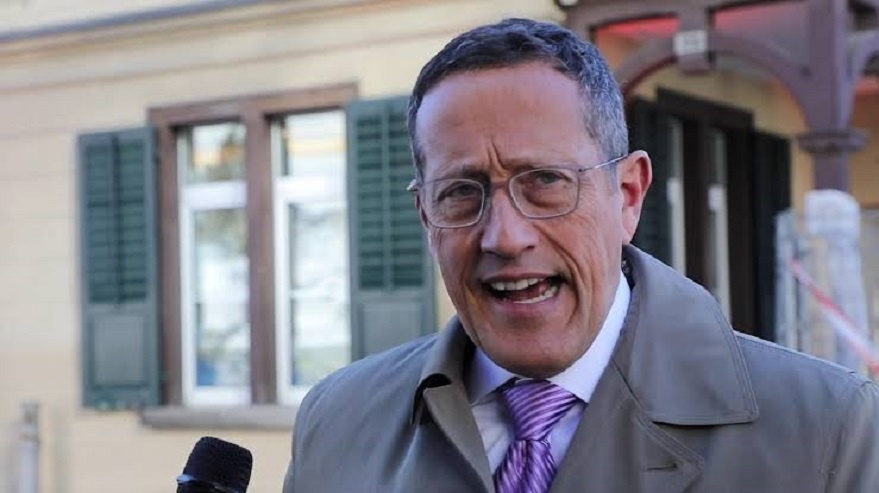
 Feature/OPED6 years ago
Feature/OPED6 years agoDavos was Different this year
-
Travel/Tourism9 years ago
Lagos Seals Western Lodge Hotel In Ikorodu
-

 Showbiz3 years ago
Showbiz3 years agoEstranged Lover Releases Videos of Empress Njamah Bathing
-
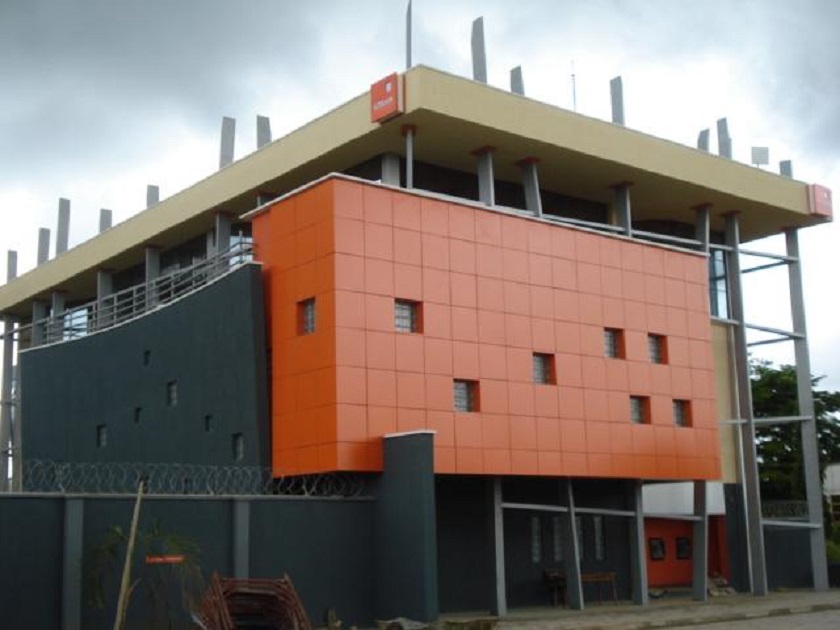
 Banking8 years ago
Banking8 years agoSort Codes of GTBank Branches in Nigeria
-
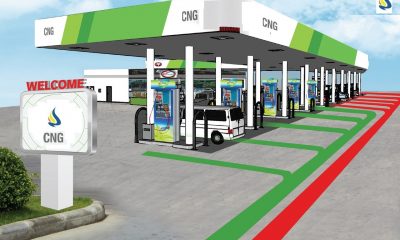
 Economy3 years ago
Economy3 years agoSubsidy Removal: CNG at N130 Per Litre Cheaper Than Petrol—IPMAN
-
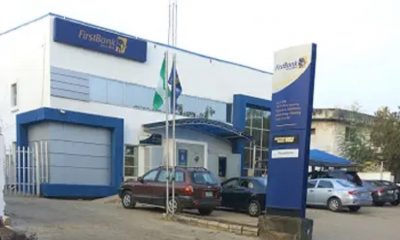
 Banking3 years ago
Banking3 years agoFirst Bank Announces Planned Downtime
-
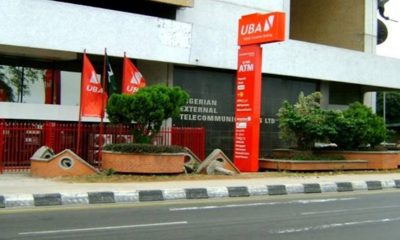
 Banking3 years ago
Banking3 years agoSort Codes of UBA Branches in Nigeria
-

 Sports3 years ago
Sports3 years agoHighest Paid Nigerian Footballer – How Much Do Nigerian Footballers Earn




